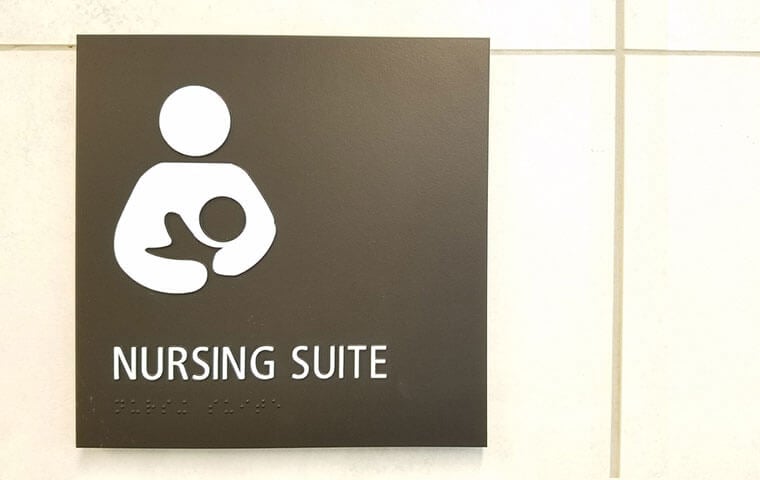 The rules spell out medical conditions that might trigger eligibility for such accommodations, including for example migraines, lactation and morning sickness.; Image: RandomMoment/Shutterstock.com
By: FEDweek Staff
The rules spell out medical conditions that might trigger eligibility for such accommodations, including for example migraines, lactation and morning sickness.; Image: RandomMoment/Shutterstock.com
By: FEDweek StaffThe EEOC has announced final rules to carry out the Pregnant Workers Fairness Act, which added to protections for federal employees—as well as employees of all but the smallest private sector firms—arising from pregnancy, childbirth or related medical conditions.
While the law took effect last June 27, rules for publication in the April 19 Federal Register address specifics of the anti-discrimination requirements under that law, as well as the employer’s obligation to provide reasonable accommodations for a worker’s known limitations due to those reasons, unless the accommodation would cause the employer an undue hardship.
The rules:
* give examples of potential accommodations such as additional breaks to drink water, eat, or use the restroom; a stool to sit on while working; time off for health care appointments; temporary reassignment; temporary suspension of certain job duties; telework; or time off to recover from childbirth or a miscarriage, among others;
* spell out medical conditions that might trigger eligibility for such accommodations, including for example miscarriage, still birth, migraines, lactation and morning sickness;
* state that an employer is not required to seek supporting documentation when an employee asks for a reasonable accommodation and should only do so when it is reasonable under the circumstances; and
* set standards for when a requested accommodation can be denied on grounds of undue hardship on the employer.
Also under the law, employers may not, among other things, deny a job or other employment opportunities based on the person’s need for an accommodation; or retaliate against someone for reporting or opposing a violation of the law or for participating in a PWFA proceeding such as an investigation into an alleged violation.
Senate Eyes Vote to Pay Federal Employees Working Unpaid
Series of Bills Offered to Address Shutdown’s Impact on Employees
Public Starting to Feel Impact of Shutdown, Survey Shows
OPM Details Coverage Changes, Plan Dropouts for FEHB/PSHB in 2026
Does My FEHB/PSHB Plan Stack Up? Here’s How to Tell
2025 TSP Rollercoaster and the G Fund Merry-go-Round
See also,
TSP Takes Step toward Upcoming In-Plan Roth Conversions
5 Steps to Protect Your Federal Job During the Shutdown
Over 30K TSP Accounts Have Crossed the Million Mark in 2025

